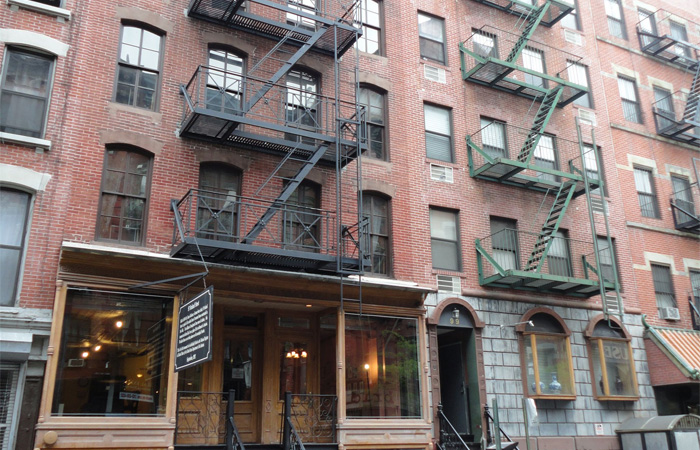Village News
Curatorial Lessons From Other Museums – Part I

What can we learn from each other?
Earlier this month I was invited to Thanksgiving dinner at the home of good friends of mine. At the dinner was a fellow curator, in charge of the Fort Garry Horse Museum and Archives in the Minto Armoury and the Air Force Heritage Museum and Air Park, both in Winnipeg. Inevitably, he and I got to talking about museums. As everyone else migrated from the table to the couches in the living room after dinner, we remained at the table, deep in conversation, bowed over his phone looking at photos of the new interpretive panels at the Fort Garry Horse Museum and the air craft exhibited on pedestals at the Air Force Air Park.
As he flipped through the photos on his phone, one stopped me in my tracks. The photo was a display case of military items loaned from the Fort Garry Horse Museum in an exhibit at the Manitoba Sports Hall of Fame. What drew my attention was not a particular artefact, interesting though they all were, but the mount the artefacts were exhibited on. The very slick-looking mounts, as I found out from my friend, were simply black boxes constructed out of a very simple and uninteresting product: black foam core (a stiff, board-like material that we typically use to make our labels). I learned this simple lesson from my Thanksgiving conversation: Exhibit solutions can be simple and cost-effective while still being creative and looking professional.
I love museums, and I did before I ever considered the possibility of working at one. Of course, now that I do work in the museum field, I look at things in exhibits from a very different perspective. Museums tell stories about who we are as people and point us to times, places, people, and objects in our shared past that have shaped us and our society. When I tour a museum, I always learn something new about how an exhibit is created, shapes a story, and shares it with visitors in a way that resonates.
I started my museum life as the Curator of Contemporary Cultures and Immigration at The Manitoba Museum. In that role, I had the opportunity to travel to New York City and tour immigration museums. Two stops on my trip were the Ellis Island Immigration Museum and the Lower East Side Tenement Museum. The museum on Ellis Island is housed in the French Renaissance Revival-style main building of the former immigration station complex. The building functioned as the first stop for immigrants arriving in the United States between 1892 and 1954. No doubt the impressive architecture of this heritage building, now restored to its 1918 to 1924 appearance, was meant to instill awe and trepidation into the newly arrived immigrants who waited to be processed before continuing their journeys into the United States.
The Lower East Side Tenement Museum, on the other hand, is located in a vastly less awe-inspiring setting: two buildings that served as tenement apartments and housed over 15,000 working class immigrants from over 20 different countries between 1863 and 2011. The museum interprets the history of immigration to the United States through the apartments it has restored and through the stories of the individual families who actually lived in them.
When I visited the Tenement Museum in 2012, I took the “Sweatshop Workers” tour through two apartments belonging to two specific families: the Levine family’s garment workshop, housed in the cramped quarters of the three-room apartment in which they also lived; and the Rogarshevskys, whose apartment was restored to what it would have looked like on the evening of a Sabbath celebration at the turn of the twentieth century. The tour guide showed us census records and photos of the families, and used their stories and the surroundings in the restored apartments to teach us about big ideas like religion and ethnicity, the building codes that governed tenements throughout the century, and the working lives of immigrants trying to make ends meet in New York City’s Lower East Side.
The stories and lessons I learned from this very specific telling of the much broader sweep of immigration history have stayed with me much longer and made a much deeper impact than the grandness and generalities of immigration history that I took in at the Ellis Island Immigration Museum. I learned so many things about how a museum does its job well from my visit to the Tenement Museum, and now six years later that visit continues to challenge and inspire me. Two of the main lessons I learned? First, we learn better when big ideas are shared through the lens of story. And second, when you tell a story, be specific. The histories of real people – their lives, the world they lived in, and the choices they made – have the ability to resonate with museum visitors in profound ways.
Next week, I’ll bring my tour of curatorial lessons I’ve learned from other museums closer to home, with stops in Winnipeg and Riverton, Manitoba.




